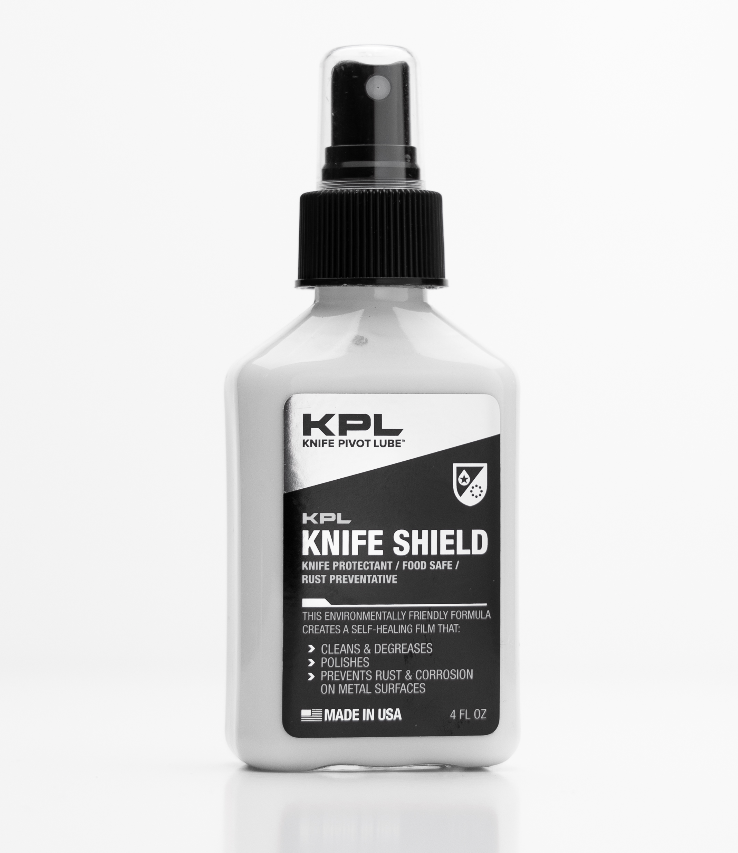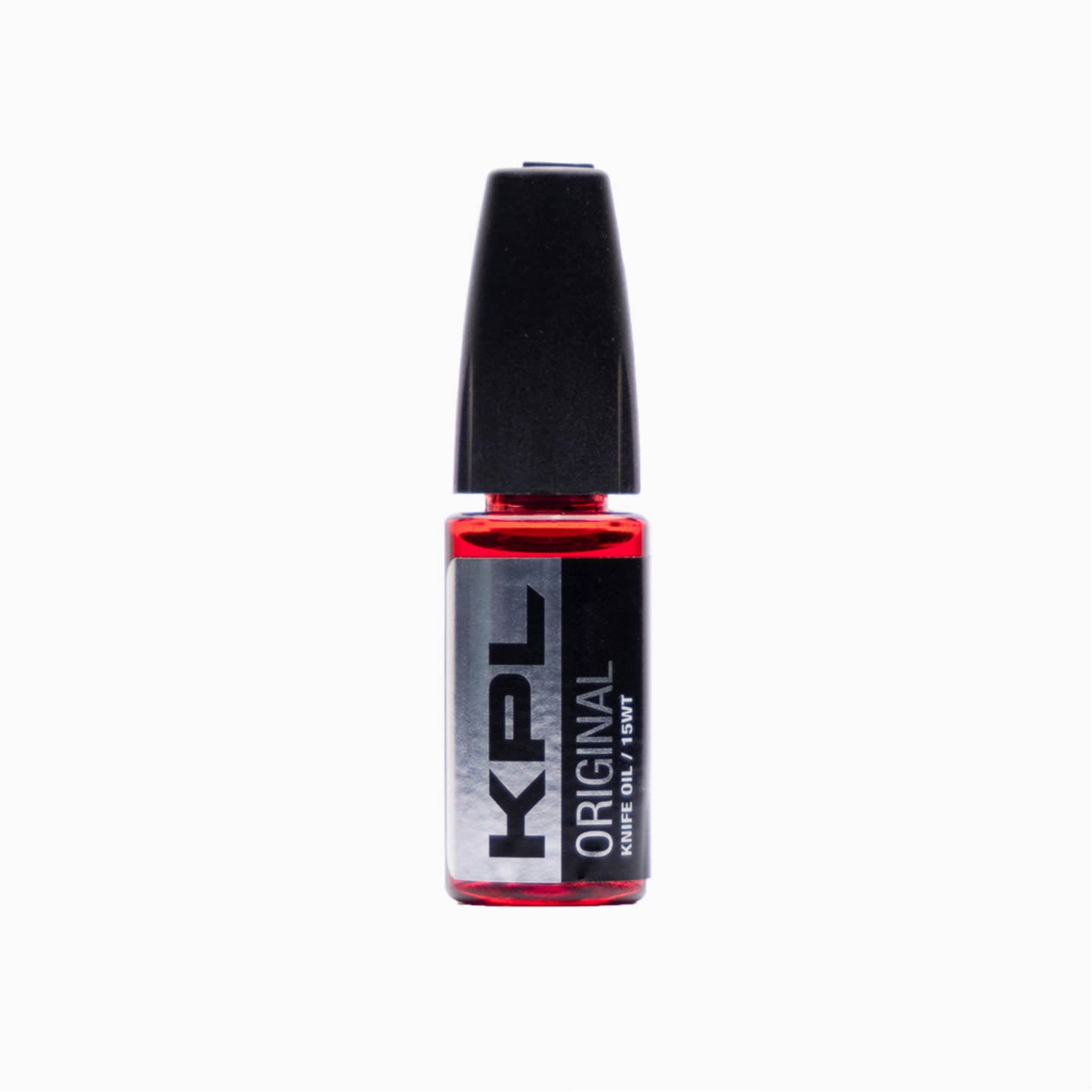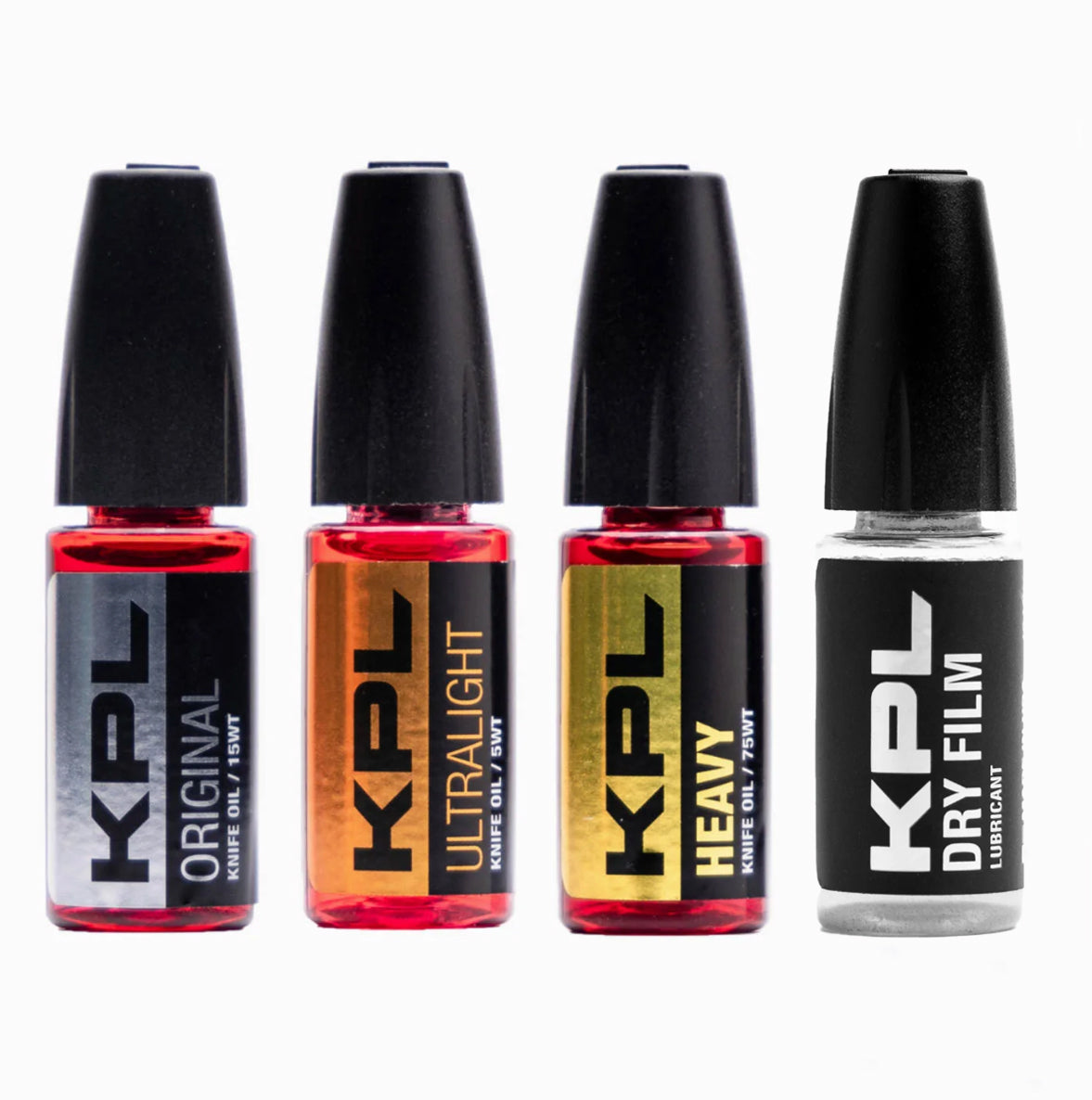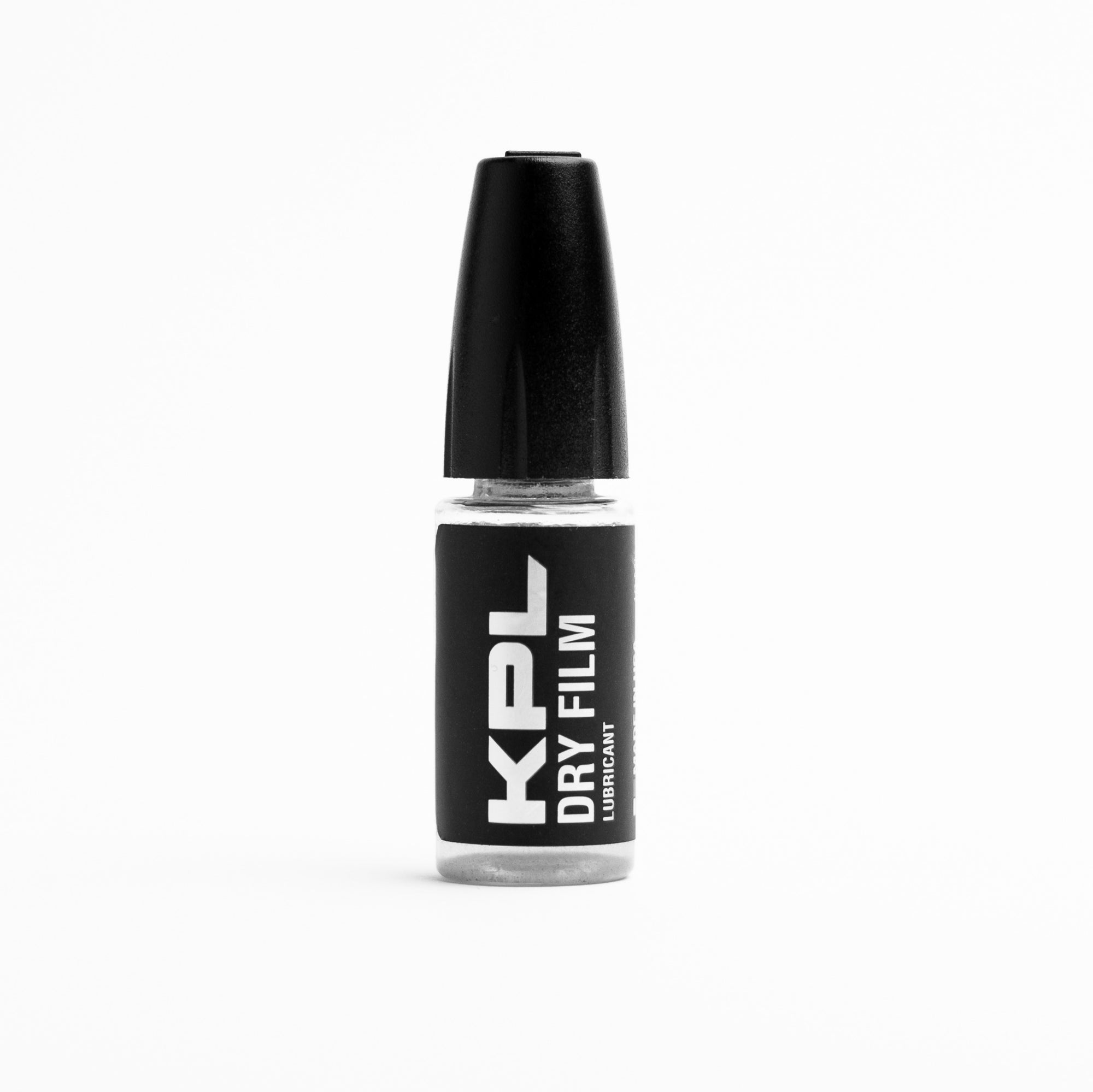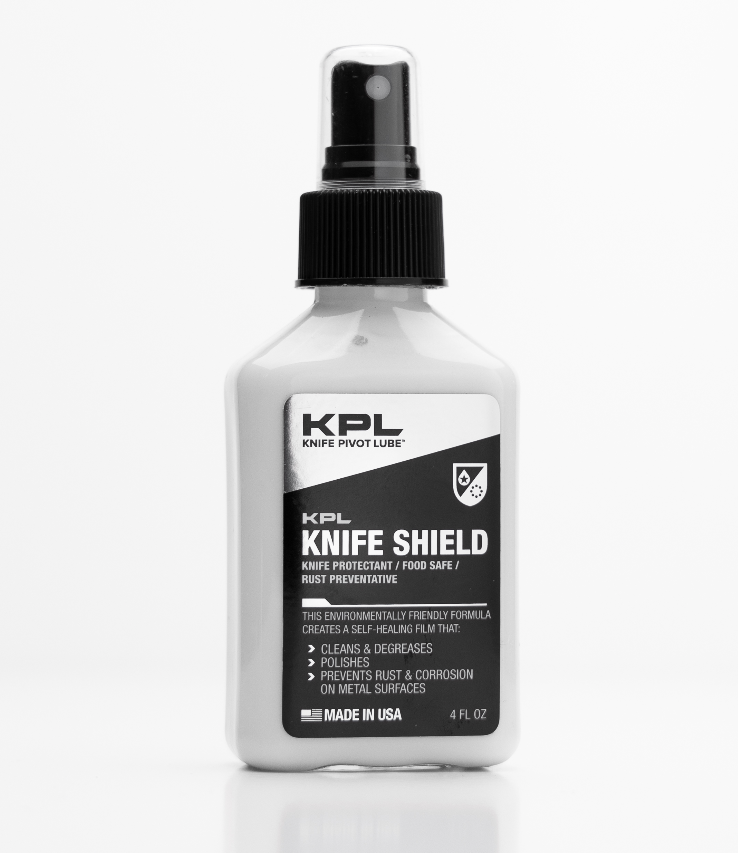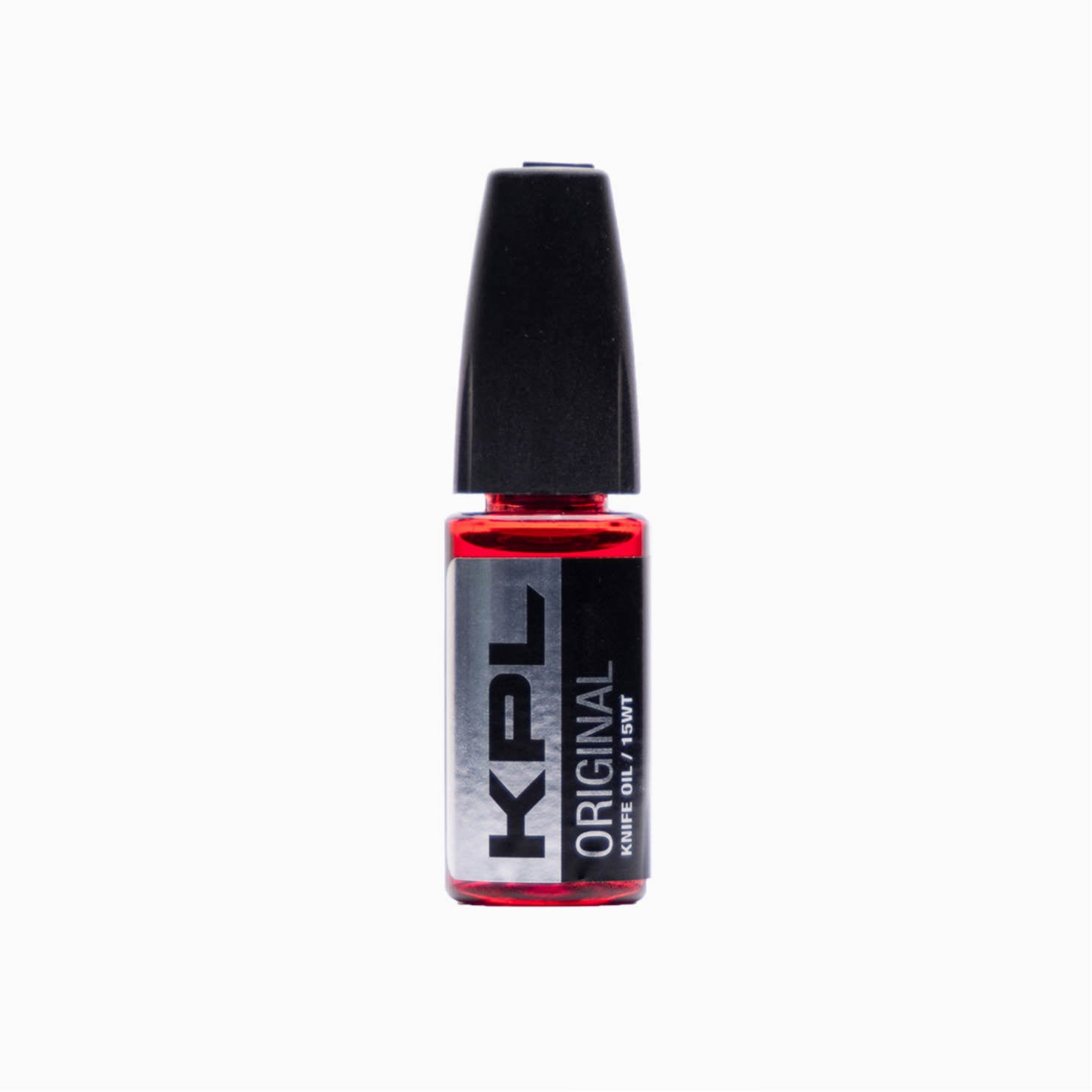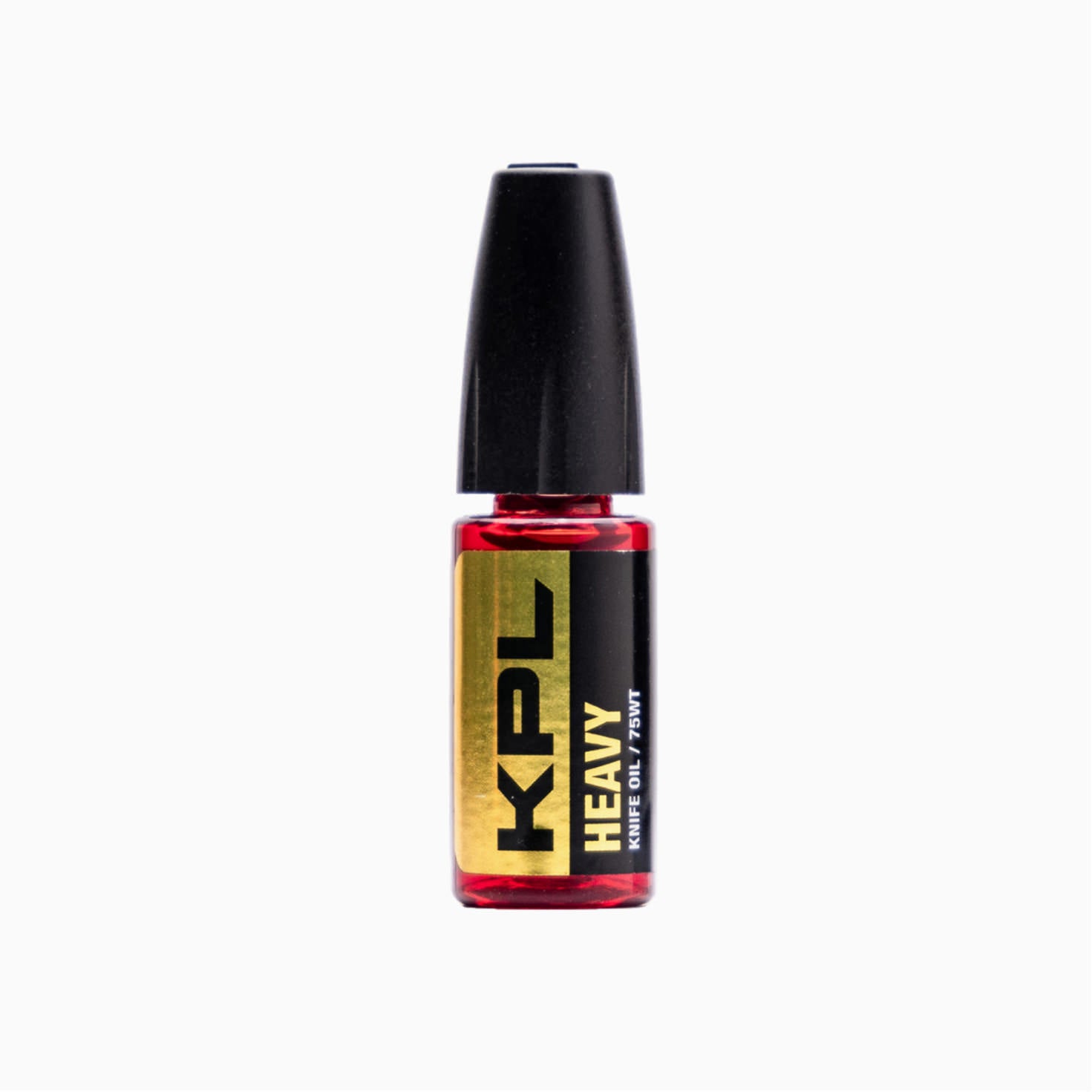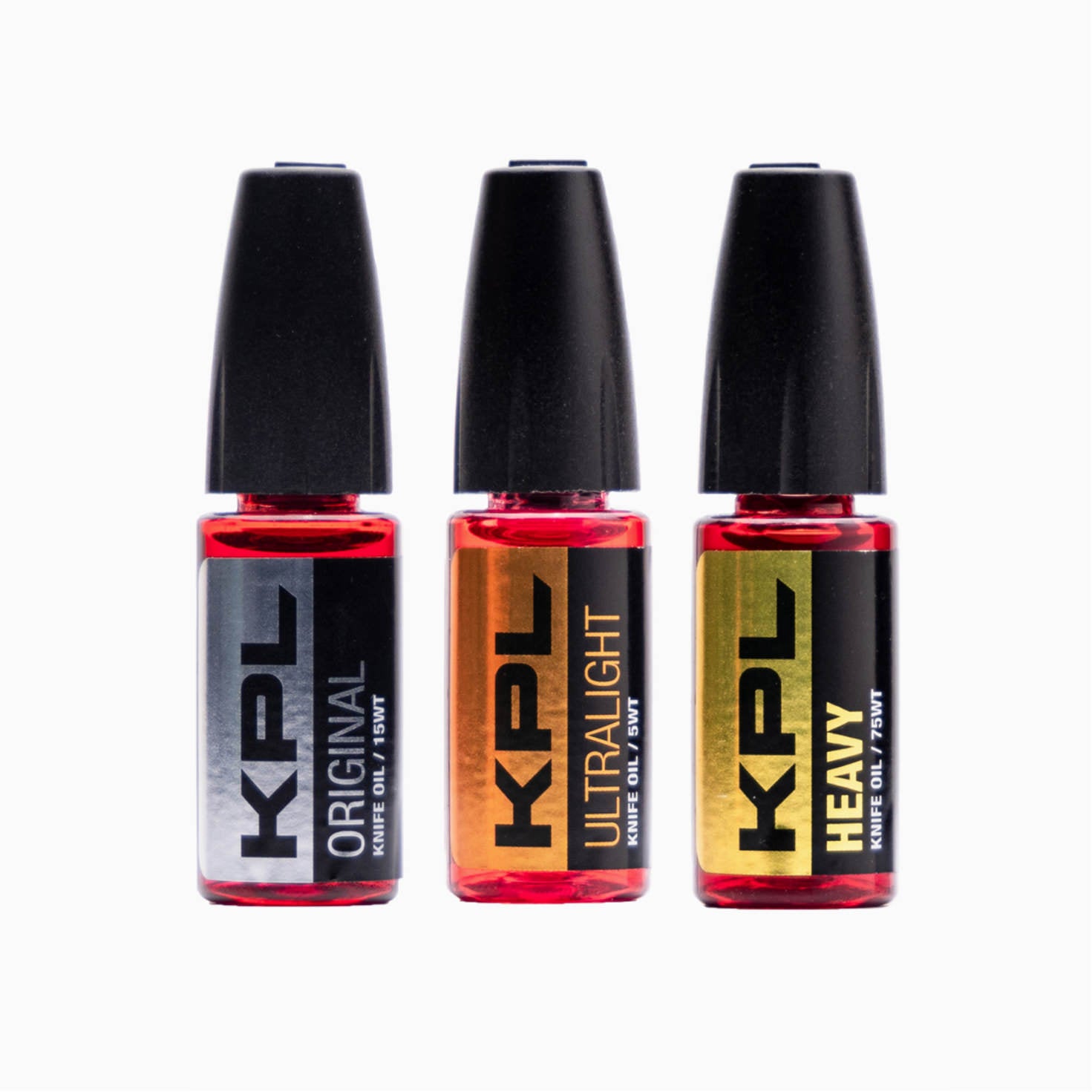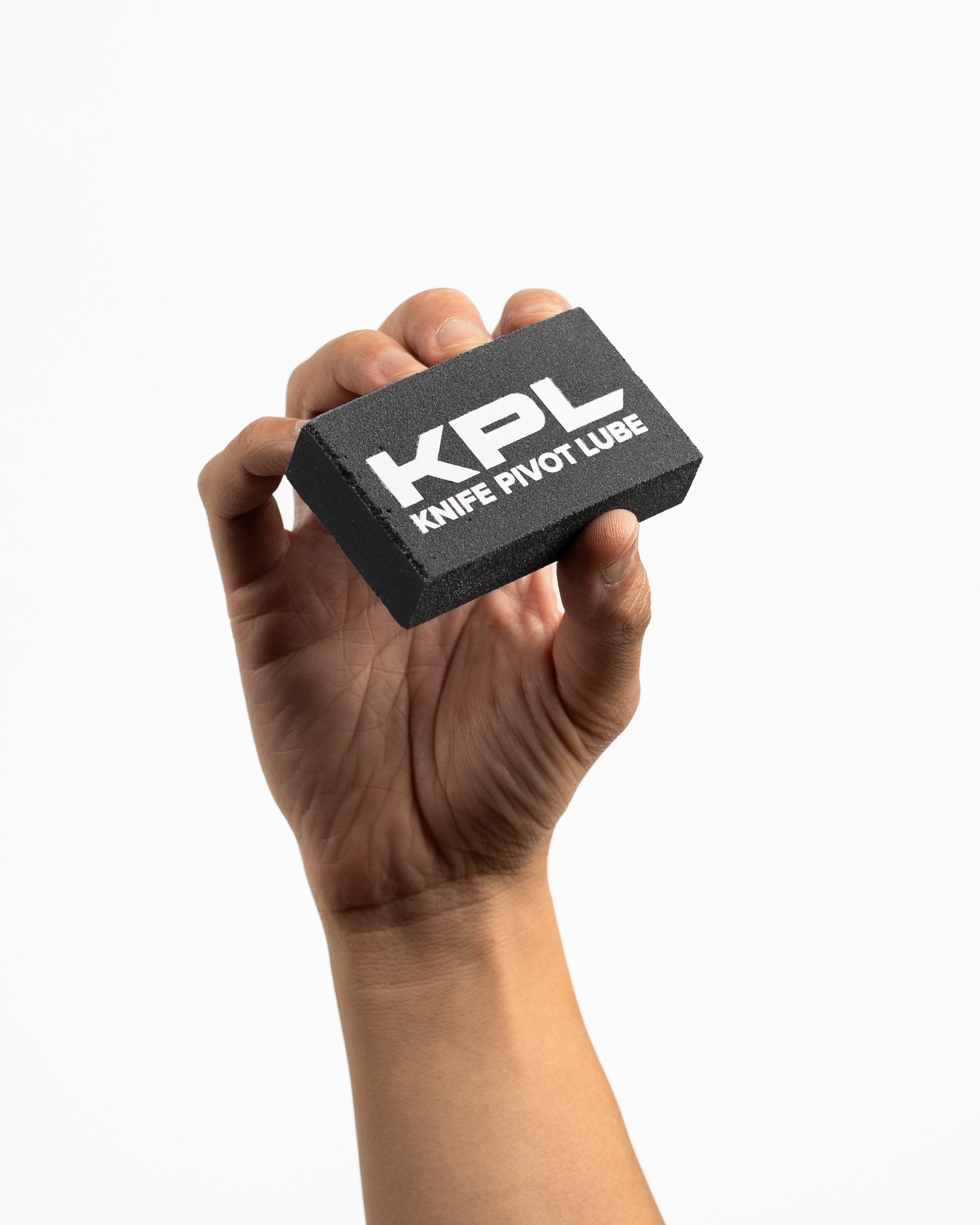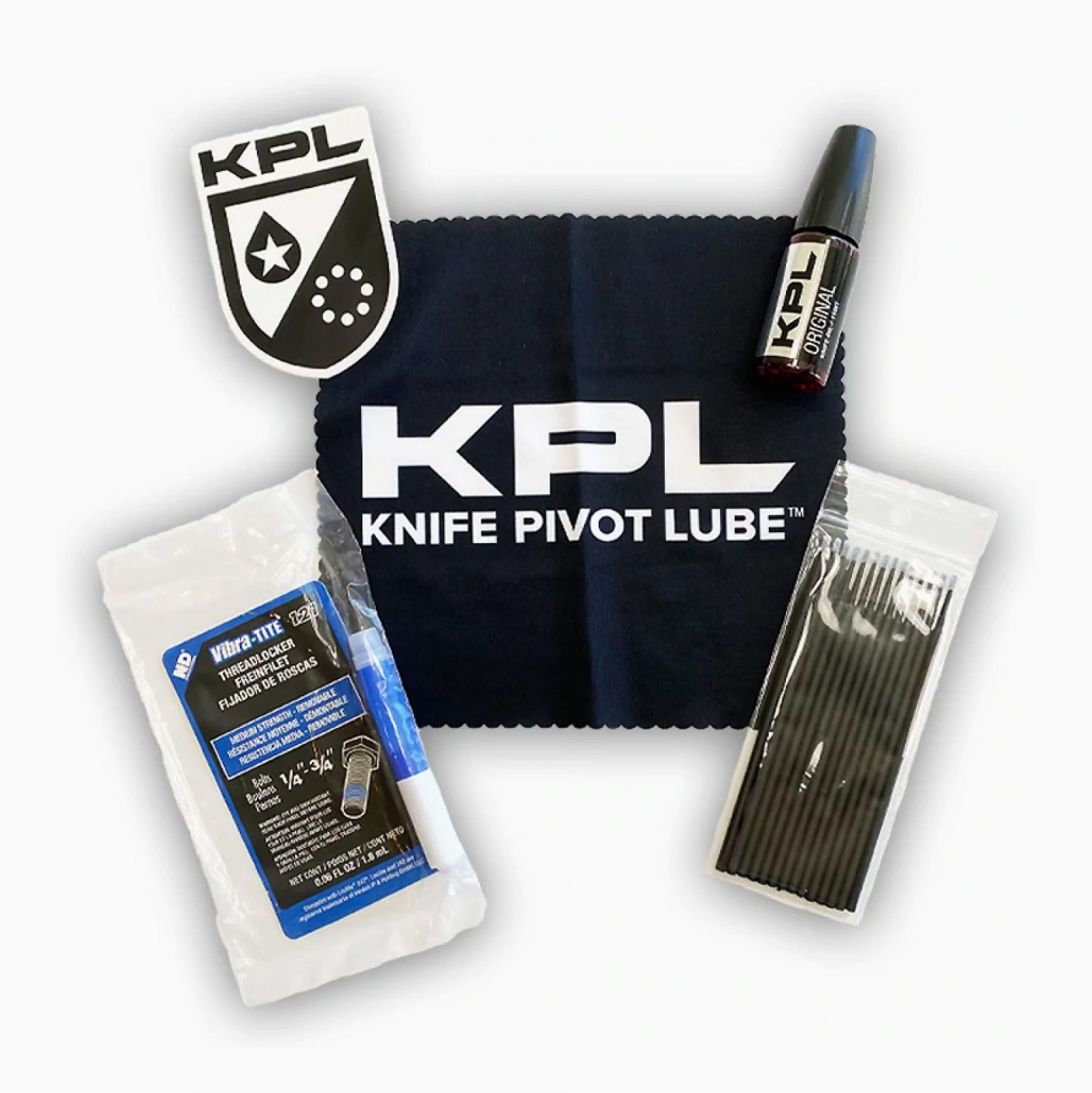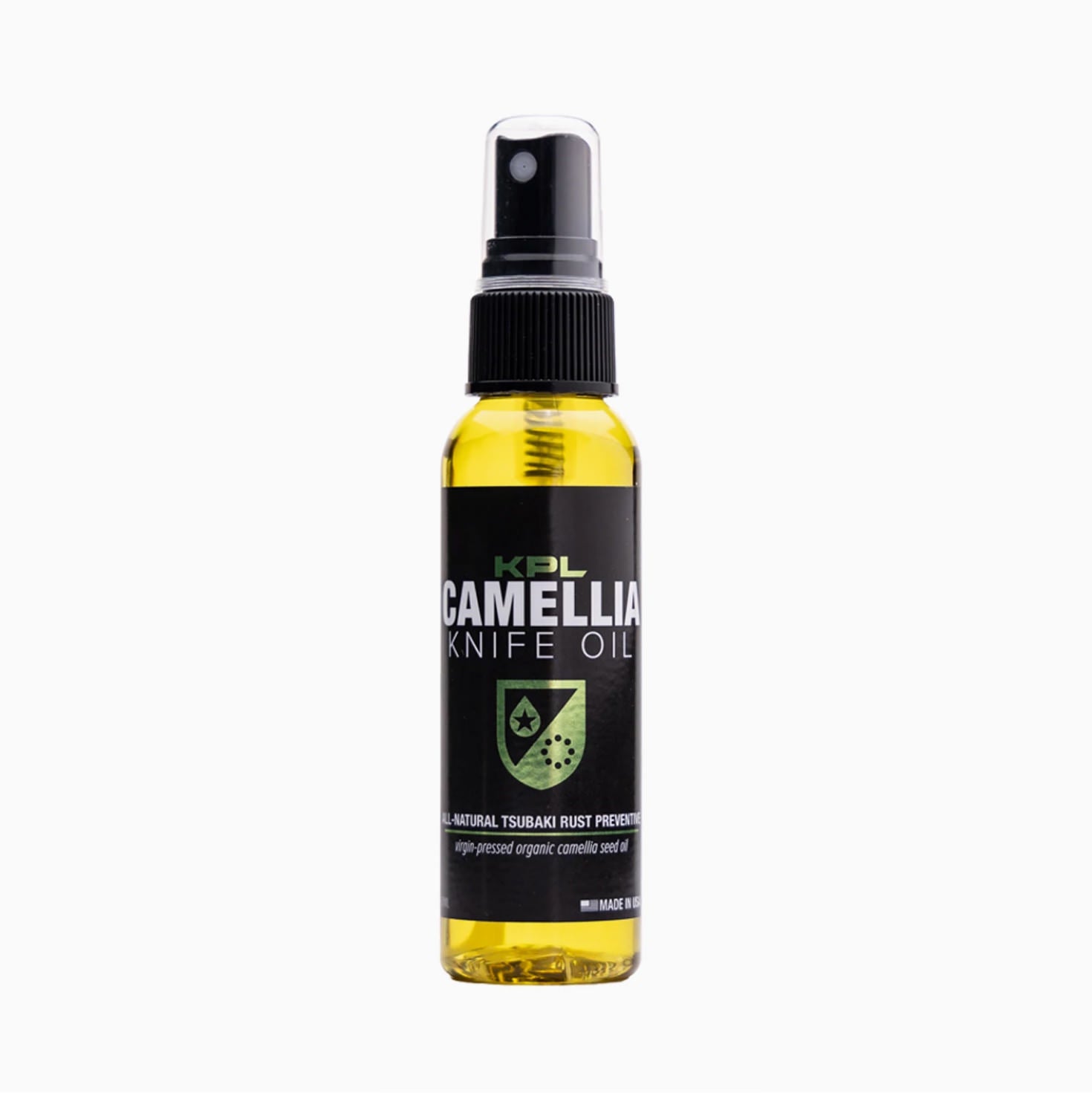Getting occasional or even frequent cuts happens to be one of those things that isn’t avoidable when flipping live blade balisongs.
Everyone is going to mess up from time to time and get nicked every so often.
Balisong cuts typically aren’t anything serious, but here are some measures you can take to treat and prevent balisong injuries.
What Should You Do When You Get A Balisong Cut?
Many of us in the balisong community are not necessarily the most hygenic when it comes to treating our balisong related injuries. You might slap a band-aid on it and call it a day, or maybe even keep flipping as your knife slowly gets covered in blood.
While seeing clips and pictures of bloody knives and hands are very eye-catching, it is never a great idea.
How to Clean A Balisong Wound
The first thing you should do after getting cut is rinse the cut with clean fresh water. Squeeze some of the initial blood out of the cut while rinsing to remove any larger dirt and debris.
Rinsing the cut washes out the initial dirt and debris, and allows you to see exactly where the cut is and the size of the cut.
After your cut is rinsed out, it’s recommended that you use some sort of disinfectant on the wound - no matter how clean you think your blade is. This will assist in preventing infections, and get rid of dirt and bacteria that may have accumulated on your hand or been on your blade.
If you don’t have any disinfectant on hand, washing your hands with soap and water should work just fine.
Bandaids for Balisong Cuts
After cleaning your cut, if the cut is still bleeding it's a good idea to cover it with a band-aid.
A lot of small cuts will clot quickly after cleaning and not require a band-aid unless you plan on flipping immediately after.
For larger or deeper cuts, cover them with a band-aid until the blood clots, or until it scabs over.
If you are going to continue flipping with cuts on your hands, you should always cover your cuts with a bandaid so no wounds are reopened.
Using butterfly closures is a great idea if your cuts are constantly reopening.
Bandaids on Person
When carrying a live blade balisong on your person, you should keep some bandaids on you as well (just in case). Throw a few in your pocket, or keep some in your wallet, backpack, or purse.
I personally always keep at least two bandages in my wallet at all times. Even if you’re not carrying a balisong, you never know when those bandages may come in handy!
When to See a Doctor After a Butterfly Knife Cut
If the cut does not stop bleeding within an hour, or you have gotten a pretty serious stab wound or laceration from your balisong, you should immediately see a doctor for some stitches.
If your wound has scabbed over but you notice it starts swelling, increasingly turns red, causes more pain, or is leaking discolored fluid, you should see a doctor to determine if you have gotten an infection.
Ways To Prevent Bad Butterfly Knife Cuts
While there is no such thing as a good cut, there are lots of ways cuts could go bad.
Infections, jagged cuts, and bad stab wounds are some of the worst things that could come from balisong flipping, and there are a few things you could do to prevent them from happening to you.
Clean vs Dirty Balisong Blades
Cleaning your blade from time to time is always a good idea. Check out KPL's Knife Shield - it's a cleaner and rust inhibitor all in one!
Dirty balisong blades pose the threat of infection and debris getting into your cuts. If you drop your balisong repeatedly in dirt or on concrete, it’s always best to at least rinse off the blade afterwards.
If you don’t repeatedly drop your balisong in dirty places, you should still clean the blade every once in a while to prevent dust and dirt buildup. After cleaning your blade, it is always a good idea to oil your blade after to prevent rust and corrosion.
Sharp vs Dull Balisong Blades
Sharp blades will cut through skin easier and deeper than dull blades, but cuts from sharp blades will heal much quicker.
If you are ever cut by a dull blade, the area affected by the cut will be much more jagged. These types of cuts do not heal quickly due to your skin not being able to repair itself as well due to the tearing and dragging of the blade. Jagged cuts may also lead to infection due to the wound being open for a longer amount of time.
Clean cuts made by sharper knives will usually heal quicker. I’d recommend flipping your balisong with what is known as a “flipper’s edge.” This term comes from the balisong community and refers to an edge sharp enough to make clean cuts, but not hair-splitting or razor sharp.
A “flipper’s edge” will cut clean but not terribly deep, if you are to make a mistake.
Check out our Balisong Glossary for more bali lingo!
Watch Your Feet!
Most of the worst cuts I have seen have been instances in which people have dropped their balisong tip down on their foot. Stab wounds like this can be very severe and take a long time to recover from.
When flipping, always keep in mind where you may drop your balisong. Wearing shoes while flipping over your feet is always recommended to reduce the possibility of bad stab wounds.
Flipping over a bed, couch, or while kneeling could also be the way to go if you don’t want to risk it.
One great way to avoid balisong injuries is to make sure your equipment is running in tip-top shape, so make sure to keep your balis oiled with high-quality lubricant like KPL! All three oil weights will work great in butterfly knives, so pick up a Triple Combo Pack to try all 3, and use code BARKHANDLE at checkout for 10% off!

